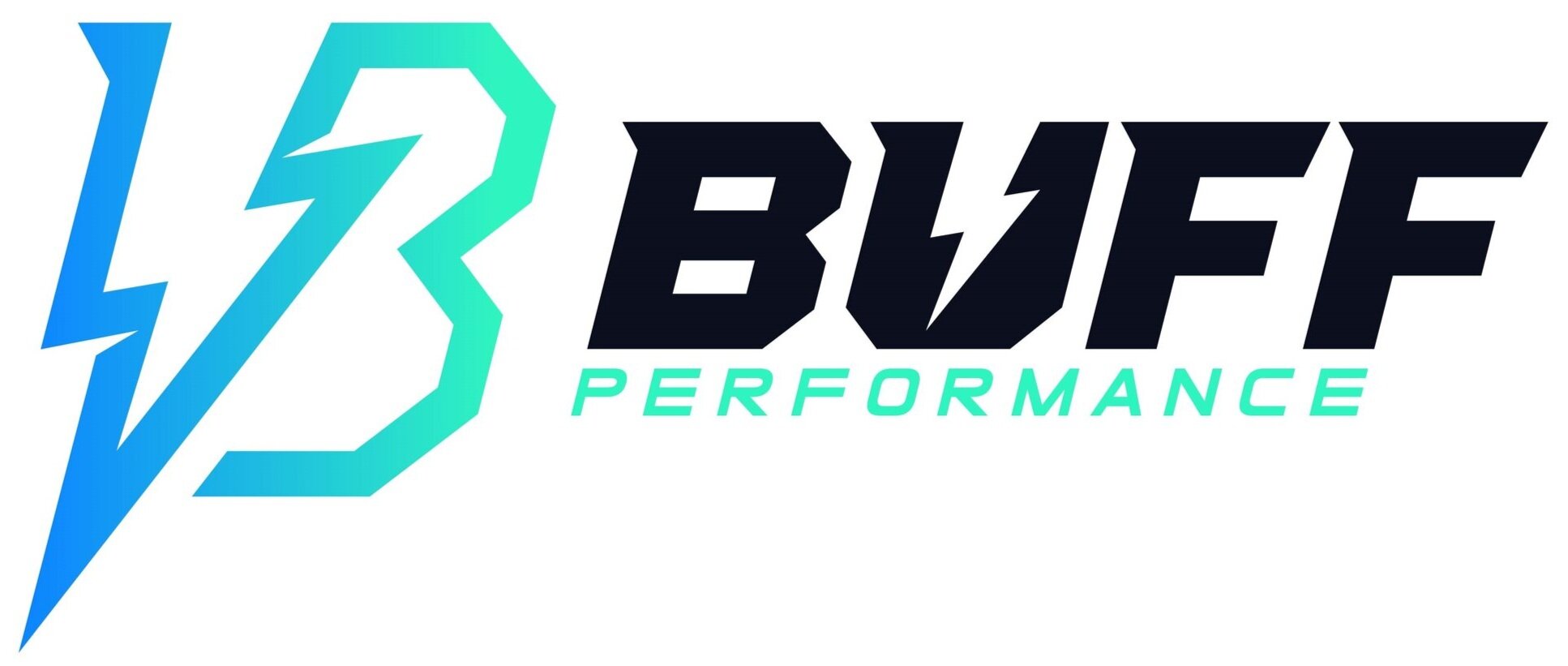How much water to I really need with exercise?
Think about this: More than half of your body weight is water. Not muscle, not fat, not organs — straight up H2O.
Not only is it the main contributor to your body weight, it’s also critical for keeping you cool, moving oxygen and other key nutrients through your body, and flushing out waste. Research shows that dehydration can negatively affect your memory, attention span, and energy levels. Between sweating, breathing, and going to the bathroom, your body’s water supply is always in need of refilling.
You’re probably thinking, “I already know this.” But even with this basic knowledge, millions of adults are coming up short of their hydration needs.
So what gives? It’s not fun. That’s right. Water isn’t exciting. No one calls out, “I’m going to the water shop. Who wants to come?” The other problem: It’s hard to know exactly how much to take in. So even with the best intention, that bottle of water on your desk might not get the refills it deserves. Here’s what you need to know to beat the dehydration odds.
How much water do I actually need?
Here is a good way to figure out your needs for a normal day. Drink a half ounce of water per pound of body weight. So if you’re 128 pounds, the eight glasses or 64 ounces go-to is your perfect fit. If you weigh more, you need more.
Another way to know if you’re getting the right amount is checking the color of your urine. If you’re drinking a half ounce per pound but your urine is darker in color, your body type or activity levels are leaving your body parched. Aim for a full ounce per pound of body weight and see if it improves.
Like of watermelon, cucumbers, and berries, contain water and can supplement your intake.
What if I usually forget to drink water during the day?
Slow and steady wins the race. Once you feel thirsty, you’re already playing catch-up, which can make hydrating adequately feel harder. So set yourself up for success. Before you grab your morning cup of coffee or juice, drink a large glass of water. Yes, it’s not as exciting, but it’s a good way to set a routine for yourself. Add in some lime or lemon to sweeten it up.
But one glass in the morning doesn’t cover the whole day. You want to make water fairly accessible. It’s not a new idea but a cool bottle or a favorite coffee mug on your desk gives the feeling of an essential piece of equipment in your tool box, even setup reminders on your phone.
That’s a lot of water to drink. How can I fit it into my day?
Break it down. Think of it like this: One gulp is about two ounces. Eight ounces is one gulp every 15 minutes. You can also draw lines equally spaced out on your bottle and aim to hit a new one every half hour or every hour. This breaks that big hydration number into a small, visual goal, and, because of that, you’re regularly taking sips.
Need more motivation? Recruit friends or colleagues for some friendly competition. Even if it’s just for bragging rights, you’re pushing each other and there’s pressure to keep up. Spend the first minute or two of scheduled meetings checking in by having everyone show their bottle on your Zoom call. The hydration could even help give everyone a creative mental boost.
What about when I exercise?
The above is merely for maintaining hydration for everyday activities. If you’re exerting yourself or training intensely, your needs increase. The goal of hydrating around your workout is to reduce extreme hydration loss that would set up your body for poor recovery and negative effects. There are three steps to performance hydration:
Pre-hydration. Drink 20 ounces about 60 to 90 minutes before your workout.
Weigh in. Hop on a scale to get your baseline weight.
Drink on the go. During your workout you don’t want to lose more than 2% of your body weight due to dehydration. Match your water intake to your sweat rate, but 4 to 6 ounces (or four to six gulps) every 15 minutes is a good place to start.
Weigh out. After your workout, weigh yourself to see how much weight you lost (you might want to change into dry clothes first so your sweat-soaked clothes aren’t throwing the scale off).
Replenish. For each pound you lost, drink 20 ounces of water.
If that all sounds too complicated, just drink 20 ounces post-workout.
Are sports drinks a good hydration option?
If you’re training intensely for over an hour or in heat or humidity that causes you to sweat, that’s when sports drinks can play a role. The electrolytes in sports drinks replace what has been lost in sweat (sodium, potassium, and magnesium) and help to ensure you are rehydrating as effectively as possible. The best electrolyte replacement products will have at least 200 milligrams of sodium per 8 ounces of fluid. In these conditions, performance drinks are an effective way to replace lost electrolytes.
Overall, there’s no real trick to making sure you hydrate. You’re trying to create a habit, and that starts with an intention and is carried through with commitment and discipline. Over time, it becomes part of your day and easier to sustain. And when you start feeling the benefits, you’ll want to continue feeling them.
